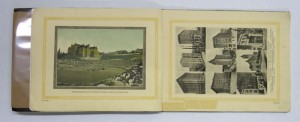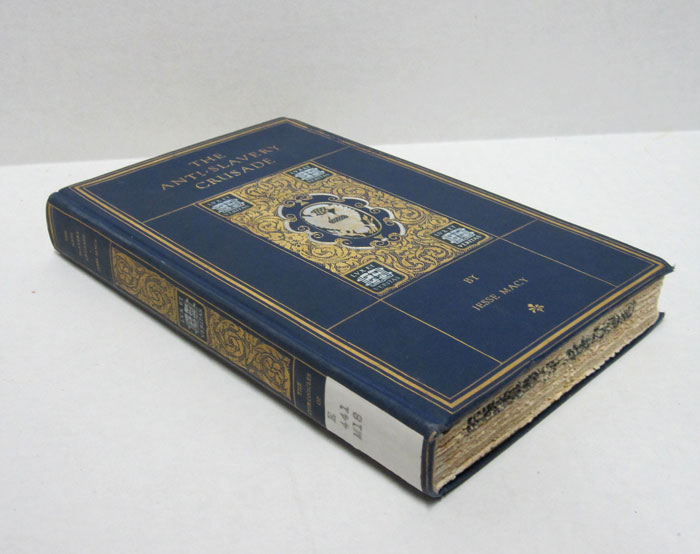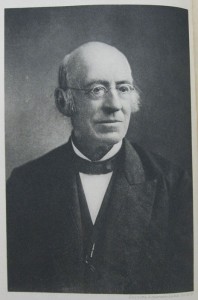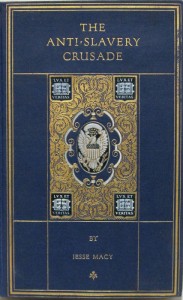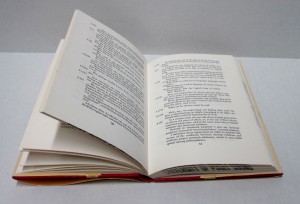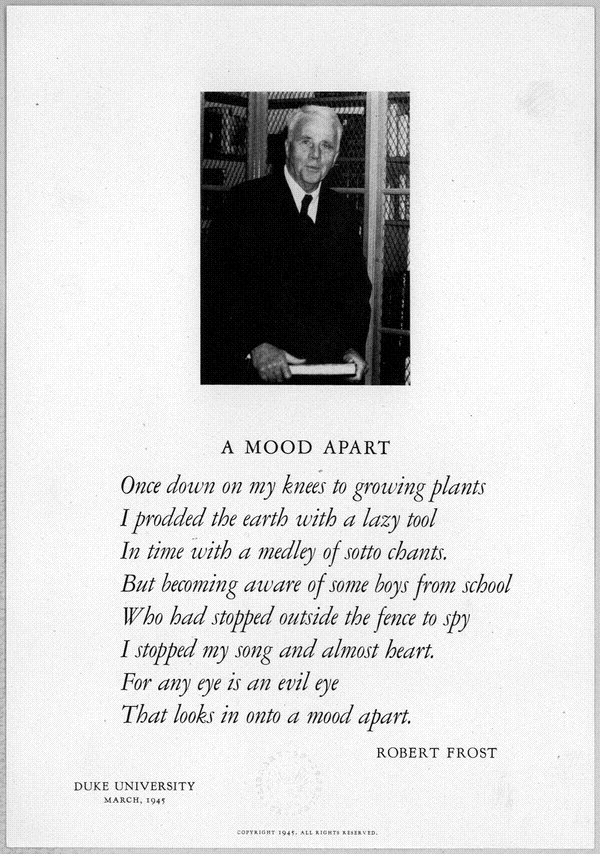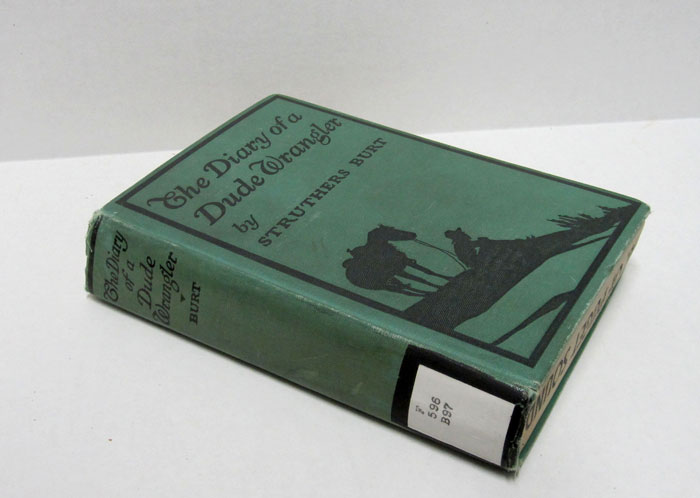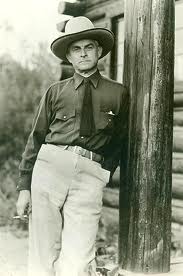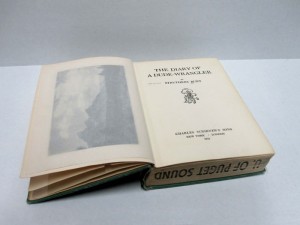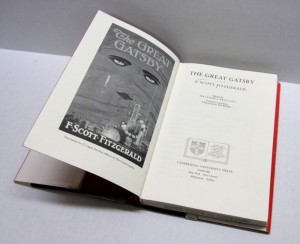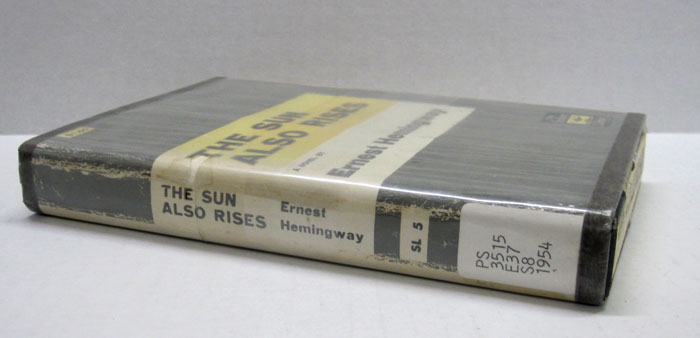1917: Tacoma Washington, 1917. An epitome of its resources and its special attractions to tourists
Author/Editor: Tacoma Daily News
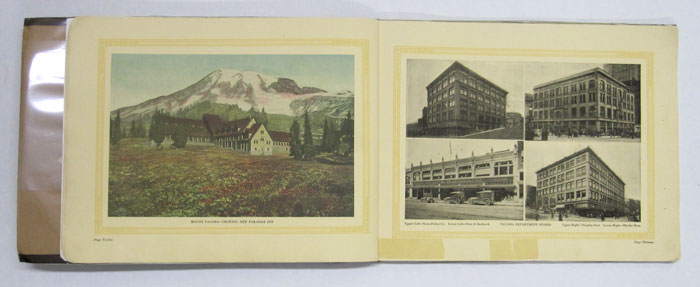 Tacoma had an important role to play in 1917 when its lumber supplied shipyards and Camp Lewis was established (which later became Fort Lewis and then Joint Base Lewis McChord). Clearly proud of its accomplishments, the City wanted to promote itself as a destination for the discerning traveler.
Tacoma had an important role to play in 1917 when its lumber supplied shipyards and Camp Lewis was established (which later became Fort Lewis and then Joint Base Lewis McChord). Clearly proud of its accomplishments, the City wanted to promote itself as a destination for the discerning traveler.
This volume is ripe with pictures of old Tacoma. It includes pictures of the College of Puget Sound in its previous location, architectural gems still visible in the city, and illustration of industries of the time. It refers to Mount Rainier as Mount Tacoma,
The book refers to Mount Rainier as Mount Tacoma, which illustrates a controversy over the name of the mountain, even though the United States Board on Geographic Names officially approved the name “Rainier” in 1890. As might be expected, the city of Tacoma was a proponent of the Mt. Tacoma version.


